Module 4: Genetic Epidemiology
This module covers state of the art methods for causal inference that use genetic data. In Part One, we will learn about Mendelian randomization (MR), an epidemiological method which uses genetic data to investigate potential causal relationships between variables in observational studies. In Part Two we will learn about structural equation modelling (SEM), an exceptionally flexible statistical method which can be used to fit pretty much any linear model (no matter how complicated), including those involving genetic data, causal relationships, feedback loops, and latent variables. Conceptual topics that will be covered include instrumental variables analysis, directed acyclic graphs and path analysis. Statistical methods that will be covered include Mendelian randomization, structural equation modelling, LD Score regression and genomic structural equation modelling. We will predominantly use the R statistics package to fit the statistical models described in this course.
Prerequisites:
- General understanding of basic statistics concepts, such as variance, covariance, and correlation.
- General understanding of genetic variants, such as single nucleotide polymorphisms (SNPs).
- Computer language R.
Goal:
- Students will have a general understanding of structural equation modelling (SEM) and how to use SEM to analyse complex relationships between variables.
- Students will have a general understanding of Mendelian randomization, including Mendal's laws and the core assumptions, and the ability to design and perform a Mendelian randomization analysis.
Primary instructor:
Dr Daniel Hwang
Dr Daniel Hwang is a Research Fellow at the Institute for Molecular Bioscience at The University of Queensland. He develops and applies statistical methods to large-scale high-dimensional data to understand the genetic and molecular mechanisms underlying human complex traits and to distinguish causal relationships from observational associations. His research interests lie in human perception of taste and smell, dietary behaviours, and their related disorders, such as the loss of smell in COVID-19.
